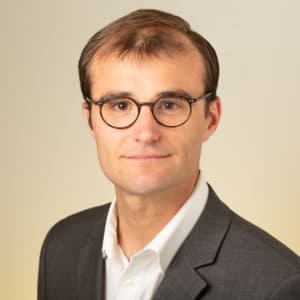Le secteur du luxe
Portée par une demande mondiale en forte croissance, l’industrie du luxe doit s’adapter aux attentes changeantes et paradoxales des consommateurs. Ceux-ci ont un goût toujours plus marqué pour la nouveauté et la personnalisation des produits. Ils sont également à la recherche d’une expérience client omnicanale, fluide et sans couture. Ils attendent enfin des marques qu’elles assument une responsabilité sociale et environnementale toujours plus forte.
Les défis auxquels l’industrie du luxe doit faire face
Ces évolutions structurelles imposent aux acteurs traditionnels du secteur du luxe de repenser leur business model pour rester compétitif. Ils font face à des défis spécifiques pour améliorer leur attractivité :
- Maintenir l’attractivité produits au travers d’une introduction plus rapide des nouveautés, ce qui implique des processus de développement produits à réinventer (conception 3D, PLM, cycle « lean » …)
- Optimiser la gestion des collections : maîtrise de la largeur et de la profondeur, approche géolocalisée des assortiments, en s’appuyant notamment sur les outils de merchandise planning et la data science
- Accroître l’offre de personnalisation produit avec une gestion améliorée de la configuration, de la production unitaire, du suivi tout au long de la chaîne
- Réussir la transformation omnicanale, en assurant une parfaite fluidité entre les canaux de vente sur tout le cycle de vie (« one stock », OMS, « temps réel » …)
- Produire au plus juste pour éviter les destructions en s’appuyant sur de meilleures capacités prédictives (via les data sciences) et une planification supply chain plus agile
- Enfin renforcer les preuves de responsabilité sociale et environnementale, via la transparence sur les filières d’approvisionnement (cuirs, or, diamant…) et la réduction des impacts environnementaux (traçabilité IoT, « blockchain », transport à faible émission de CO²…)
Ce que notre cabinet de conseil peut faire pour vous permettre relever les défis liés au secteur du luxe
Nous travaillons avec la plupart des acteurs mondiaux du luxe, dans tous les domaines de la chaîne de valeur, pour les accompagner dans la transformation de leur business model.
Re-engineering des processus
- De la conception des produits jusqu’à la livraison aux entrepôts
- Dans une logique d’optimisation des délais et de maîtrise de la qualité
Planification et pilotage des collections
- Des assortiments et des stocks au niveau macro (catégories et régions) et micro (SKU [stock-keeping unit] et boutiques) en s’appuyant sur les meilleures techniques et outils de merchandise planning
Optimisation des prévisions de vente
- En utilisant la data science
Mise en œuvre d’une planification agile de la Supply Chain
- Fiabilisation de l’engagement de production
- DDMRP (Demand Driven Material Requirements Planning)
Gestion de la pénurie et des allocations
- Matières premières
- Nouveautés
- Best
Démarches lean
- Sur les sites de production et en logistique
Notre démarche
Notre cabinet de conseil en stratégie des opérations associe expertise technique, expérience opérationnelle et connaissances métier pour accompagner ses clients à résoudre les problèmes spécifiques au secteur du luxe et à obtenir des résultats durables. Notre démarche garantit l’adhésion à tous les niveaux de l’entreprise pour nos clients ainsi qu’un résultat pérenne. Nous avons accompagné un large éventail de clients dans le secteur du luxe tels que Moët Hennessy, Guerlain, Coach, Burberry, TAG Heuer, Richemont, Calvin Klein, L’Oréal Paris, Louis Vuitton et Clarins. Cliquez ici pour en savoir plus.










